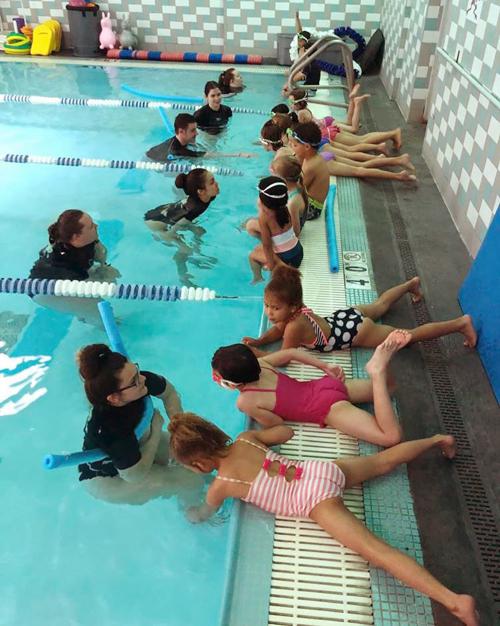Pima County had no child drownings last year, a first since area fire departments started tracking water incidents 10 years ago.
Of 12 reported water incidents, four were fatal last year. Three adults and a teenager died in water incidents in 2019, said Tracy Koslowski, spokeswoman for Drexel Heights Fire District.
In 2018, there was one child drowning.
In 2017, two children younger than 5 and one child between 6 and 10 years old drowned.
The year with the highest number of child drownings in the last 10 years was 2009, with seven fatalities. In 2014, five children died in water incidents.
Koslowski credits education and safety messaging for the decrease in drownings. In 2009, a group of public information officers from several fire agencies in Pima County decided to start using a unified message to educate children and parents about water safety.
The ABC’s of Water Safety — active adult supervision; barriers like fencing, alarms, gates; and classes (swim lessons & CPR) and Coast Guard-approved life jackets — have been taught the last 10 years in hospitals, CPR classes, swim lessons, classrooms and through Safe Kids Pima County Coalition programs and events, Koslowski said.
“We felt if we had one message we would have a louder voice in the community with this issue,” she said.
The county will continue to teach the community about the ABC’s of Water Safety and continue to modify the message to make sure drownings stay at zero in coming years, Koslowski said.
Swim lessons for young children are also key in preventing drownings, she said. Every summer, Pima County offers free swim lessons to qualifying families and $20 lessons for everyone. The city offers $15 lessons as well.
Cristi Santiago, general manager of DeMont Family Swim School, which partners with Safe Kids Pima County Coalition, said they teach the ABC’s of Water Safety during their classes, among other safety lessons.
Children learn they always have to be invited into the water before entering a pool, an important step that can prevent a child from wandering into a pool alone, Santiago said.
During their lessons, swim coaches focus on teaching children to be comfortable in the water and float on their back, so they don’t panic if they ever fall into a pool.
Santiago said it’s important not only to teach children to swim and stay calm but also to teach parents to always stay vigilant when they’re near a pool or around water.
“Drowning is silent,” Santiago said. “It happens quickly. You don’t hear it happening, so it’s really important that we’re very vigilant about teaching kids about the water.”





